We like to pretend we’re at the top of the food chain—and, most of the time, we are. But there are places on Earth where the balance shifts, where humans walk a little slower, speak a little softer, and keep one eye on the bush. These are places where we’re not tourists, hikers, or campers. We’re meat.
From remote rivers and jungles to isolated islands and frozen expanses, these are the wild corners of the world where the rules change—and humans are no longer the apex predator. Proceed with curiosity… and caution.
1. The Sundarbans, India and Bangladesh
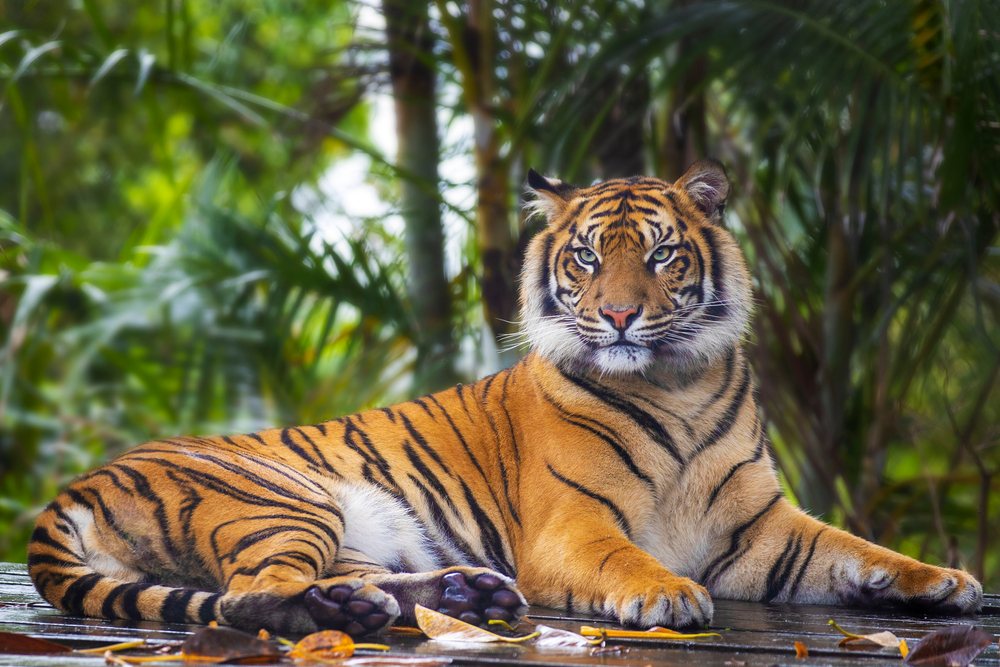
This sprawling mangrove forest is home to the largest population of Bengal tigers in the world, many of whom have developed a reputation for actively hunting humans. Fishermen and honey collectors in the region risk death every time they enter. The terrain is thick, waterlogged, and easy to get lost in. Which also makes it the perfect hunting ground.
According to locals, the tigers here are stealthy, fearless, and shockingly strategic. They stalk silently, attack from behind, and drag prey into the water before anyone even knows what’s happened. It’s nota myth. It’s just Tuesday in the Sundarbans.
2. Northern Territories, Australia
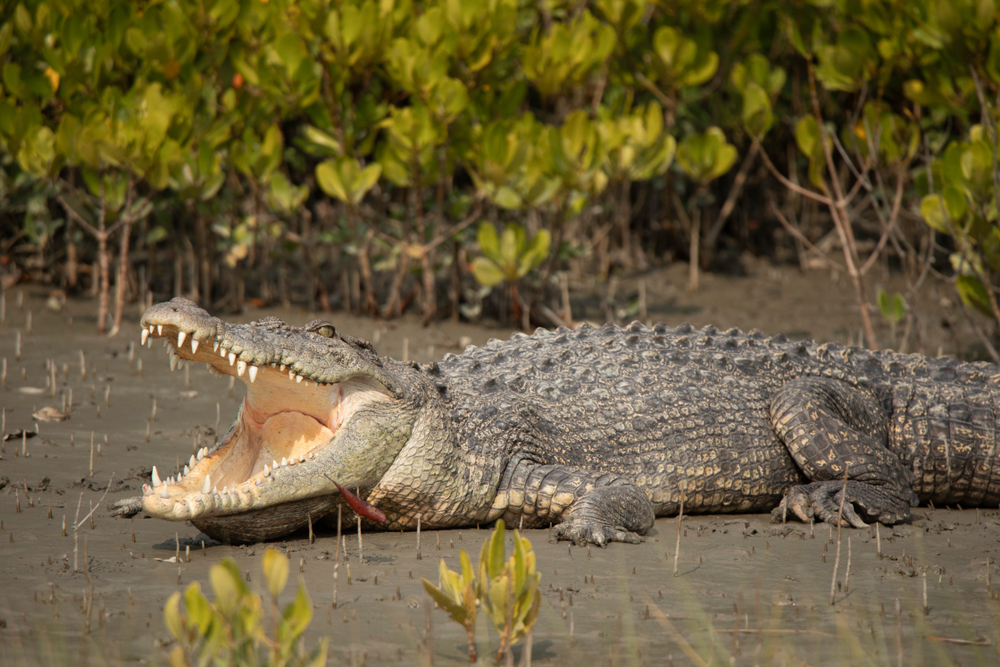
Saltwater crocodiles—known as “salties,” according to National Geographic—roam the rivers, estuaries, and beaches of Australia’s northern coast like prehistoric apex predators. They don’t just sit in water. They wait. Then launch from below with terrifying speed and precision.
Tourists are warned not to stand near the water’s edge for even a second. Locals know the signs—but even they don’t always escape. These crocs have taken down buffalo. A person wading too far? Just a snack.
3. Okavango Delta, Botswana
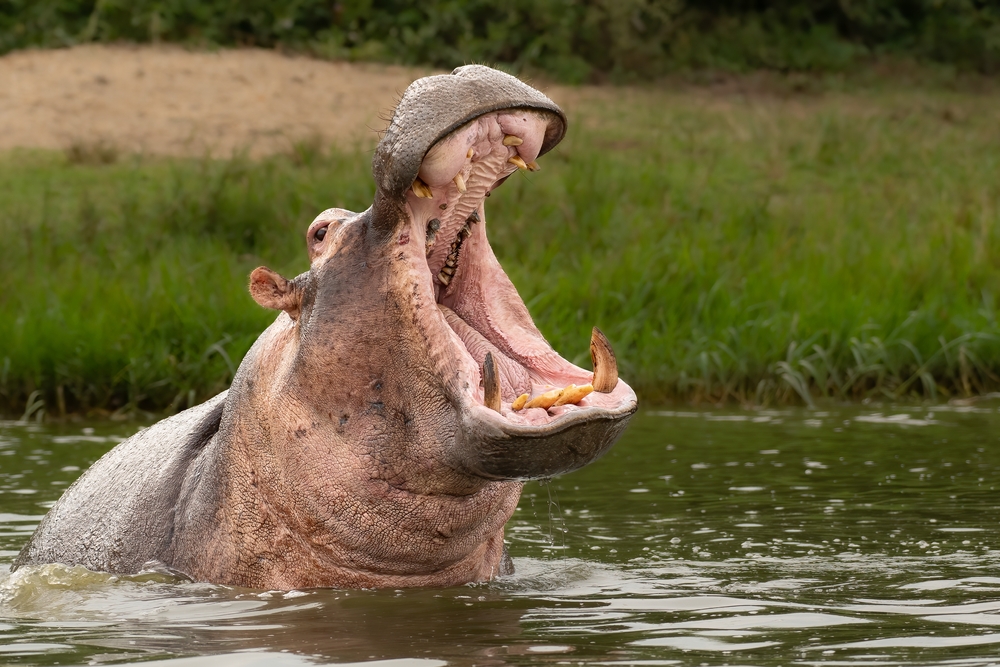
This wetland paradise is a sanctuary for hippos, statistically the most dangerous land animal to humans in Africa. Hippos are huge, fast, and aggressively territorial. Canoeing through the delta might feel serene, but the water below hides 3,000-pound tanks with short fuses.
They don’t roar. They just charge. And when they do, boats capsize, people vanish, and the river goes quiet again. You don’t see the danger in Okavango. You feel it.
4. Alaska, USA
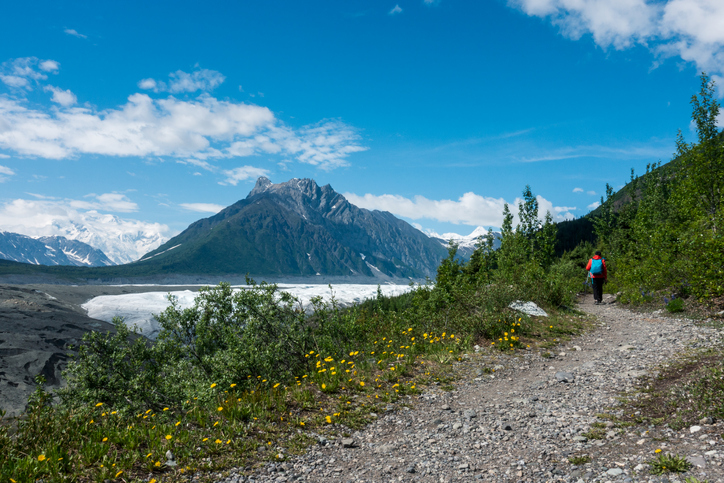
Remote, majestic, and breathtaking—but also home to some of the boldest grizzlies in North America. In places like Katmai and Denali, bears roam trails and campsites like they own them. Because they kind of do.
Hikers are required to carry bear spray and food-proof containers, and even that doesn’t always guarantee safety. These bears aren’t scared of humans. They’ve adapted to us. And if they want your space, your food, or your silence—they’ll take it.
5. Ilha da Queimada Grande (Snake Island), Brazil
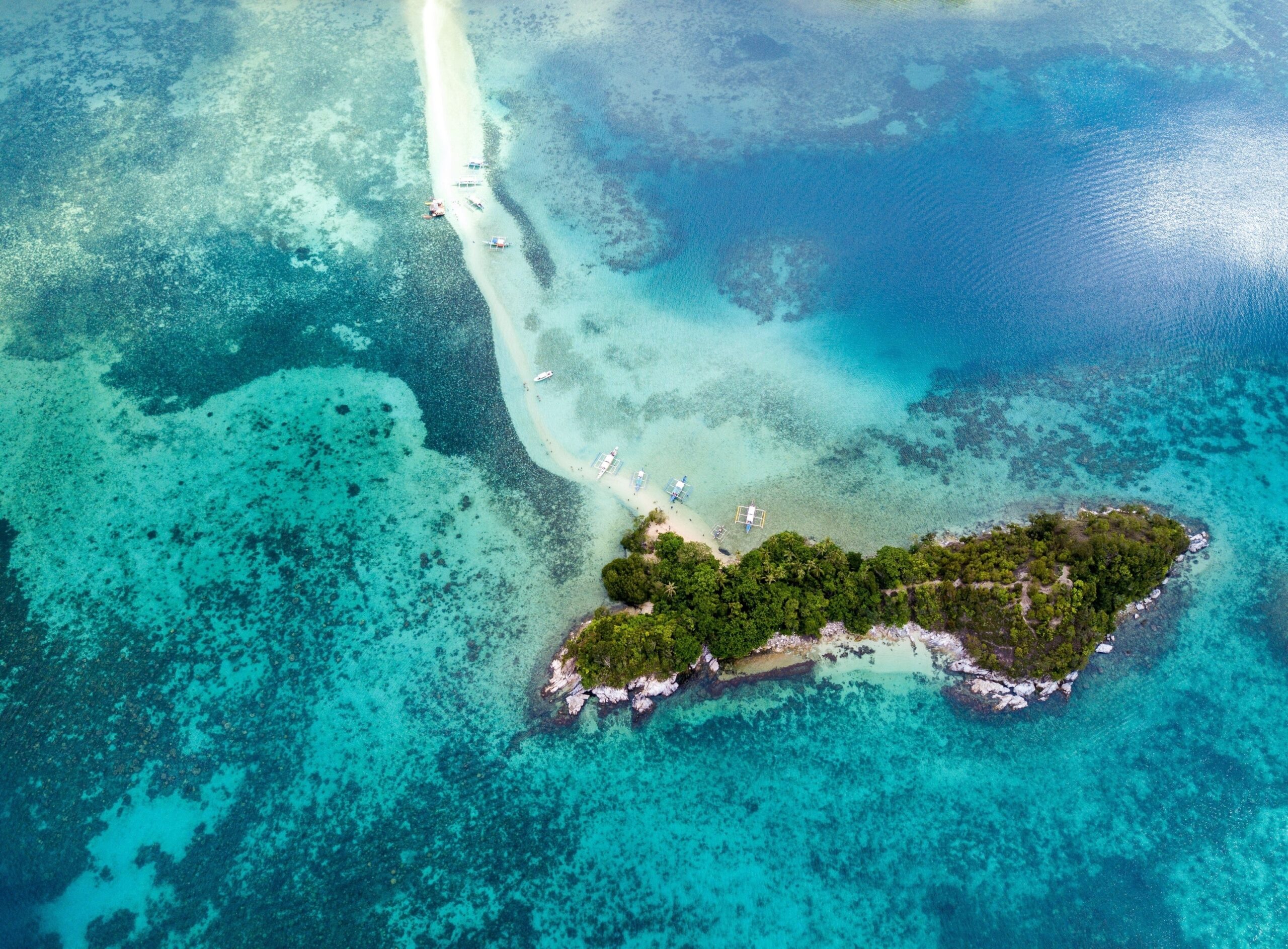
This island is so dangerous, it’s illegal for the public to visit. Located off the coast of Brazil, Snake Island is home to the golden lancehead pit viper—one of the most venomous snakes in the world, according to Forbes. And there are thousands of them—literally one snake per square meter.
Legend says lighthouse keepers died within hours of being bitten. The Brazilian Navy patrols it to keep curious thrill-seekers out. On Snake Island, the food chain is vertical. And humans are always at the bottom.
6. Ganges River, India
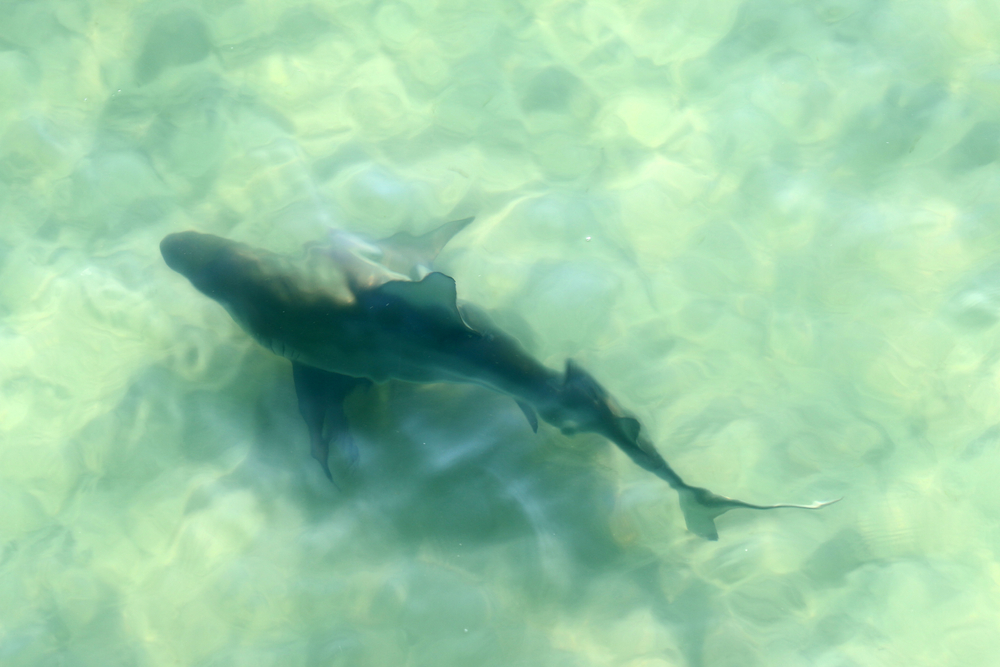
The Ganges is sacred. It’s also full of aggressive mugger crocodiles and bull sharks that have made it one of the most quietly dangerous rivers in the world. Add in strong currents and floating debris, and it’s a death trap disguised as a holy site.
Locals still bathe, pray, and cremate their dead here daily. But disappearances—especially of small children—are common and rarely publicized. The river flows calmly. But underneath, it hunts.
7. Western Amazon, Peru And Brazil

This dense, lush rainforest isn’t just home to exotic birds and butterflies. It’s also the hunting ground for jaguars, anacondas, and caimans. And the deeper you go, the less likely you are to be the biggest threat in the room.
Locals and tribes navigate it with generational knowledge. Tourists? Not so much. This is a place where even standing still can make you vulnerable. In the Amazon, every rustle could be teeth.
8. Siberian Taiga, Russia

Sparse, frozen, and endlessly wild, the Siberian forest is home to the elusive—and terrifying—Siberian tiger. These cats don’t just hide. They stalk. And in rare but documented cases, they’ve been known to hunt humans in cold-blooded, calculated acts of revenge.
There’s a story of a man who injured a tiger, only to have the tiger track him to his cabin days later and kill him. Experts call them ghost hunters. In Siberia, being prey is personal.
9. Komodo Island, Indonesia
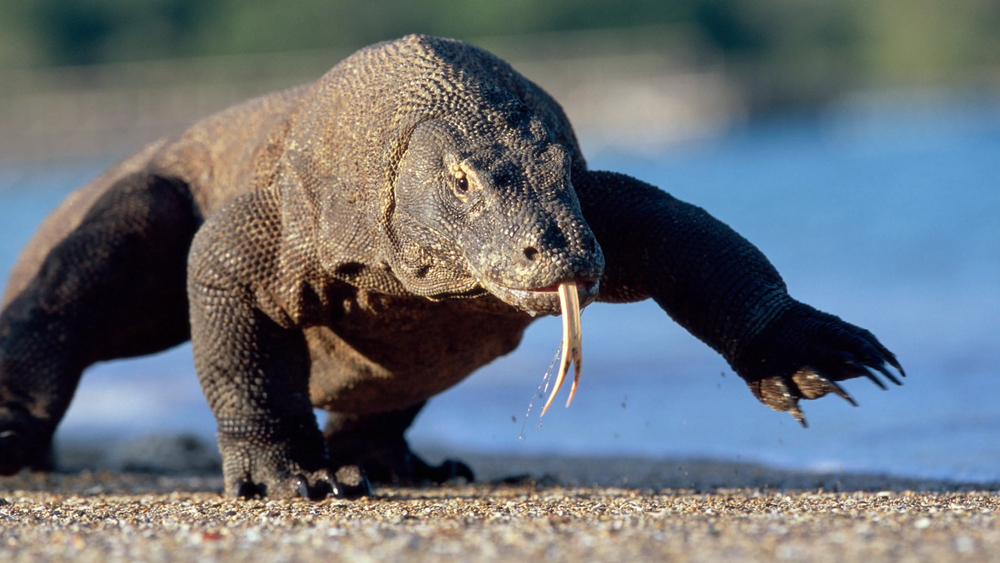
The Komodo dragon is not a myth. It’s real, it’s massive, and it can take down a full-grown deer—or a careless human. Their bites contain venom and bacteria so lethal, even a scratch can turn fatal.
Tourists are often warned not to run or make sudden movements. And if one decides to follow you? Good luck. On Komodo, you’re not on safari. You’re on the menu.
10. Congo Basin, Central Africa

This thick jungle ecosystem is home to some of the most dangerous mammals in the world, including forest elephants, leopards, and the lowland gorilla. While gorillas rarely attack unprovoked, territorial males have been known to charge humans with devastating force.
Add in venomous snakes, hidden predators, and zero reliable infrastructure, and the danger multiplies. If something goes wrong here, help isn’t coming. You’re not in control. The forest is.
11. Northern Manitoba, Canada (Churchill)
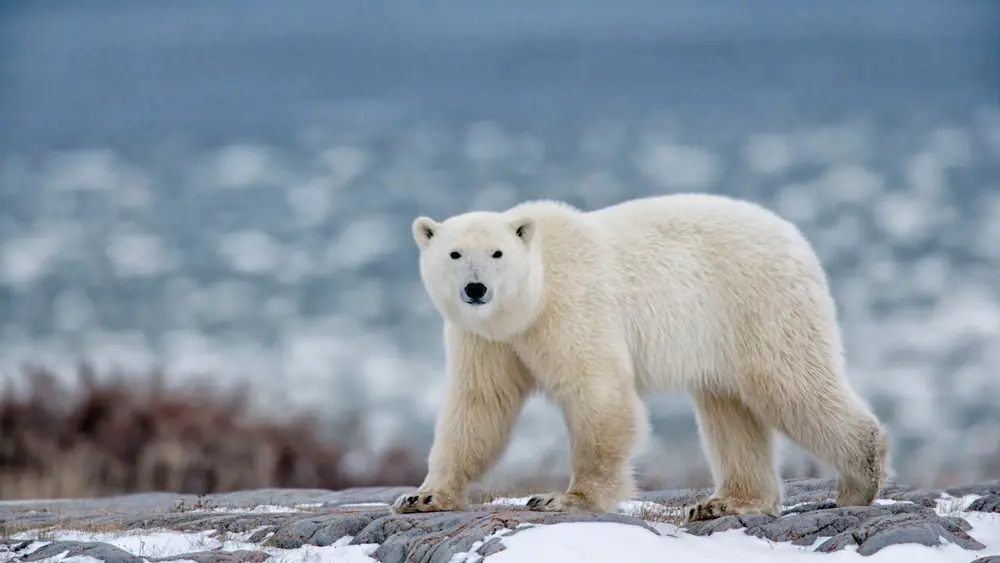
Churchill is famous for its polar bears—and not in a cuddly way. During peak migration season, polar bears roam the outskirts of town and even wander into neighborhoods. They’ve been known to open car doors, dig through garbage, and in some tragic cases, attack humans outright.
The town has a “polar bear jail” to detain problem bears. Locals leave car doors unlocked in case someone needs to escape fast. When the ice melts and the bears come south, you learn very quickly: you are not the apex.
12. New Guinea Highlands
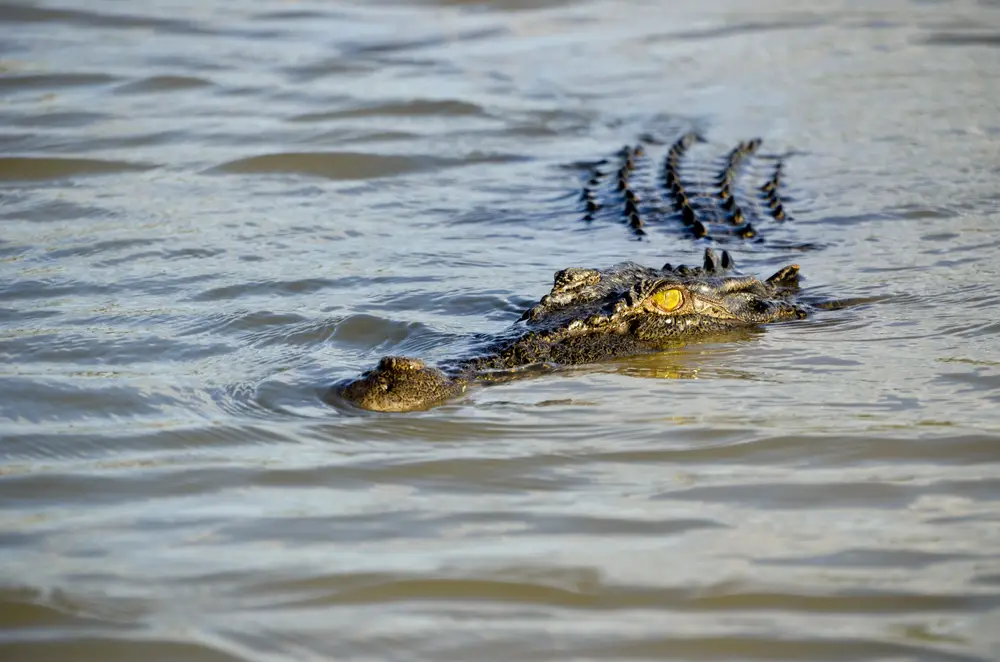
This region is remote and largely uninhabited by outsiders—and for good reason. It’s one of the last places where large saltwater crocodiles and aggressive cassowaries live close to human settlements. Cassowaries, in particular, are dinosaur-like birds known to kill with a single kick.
They’re fast, territorial, and have dagger claws. Think emu meets velociraptor. The locals know how to avoid them. You won’t.
13. Zambezi River, Africa
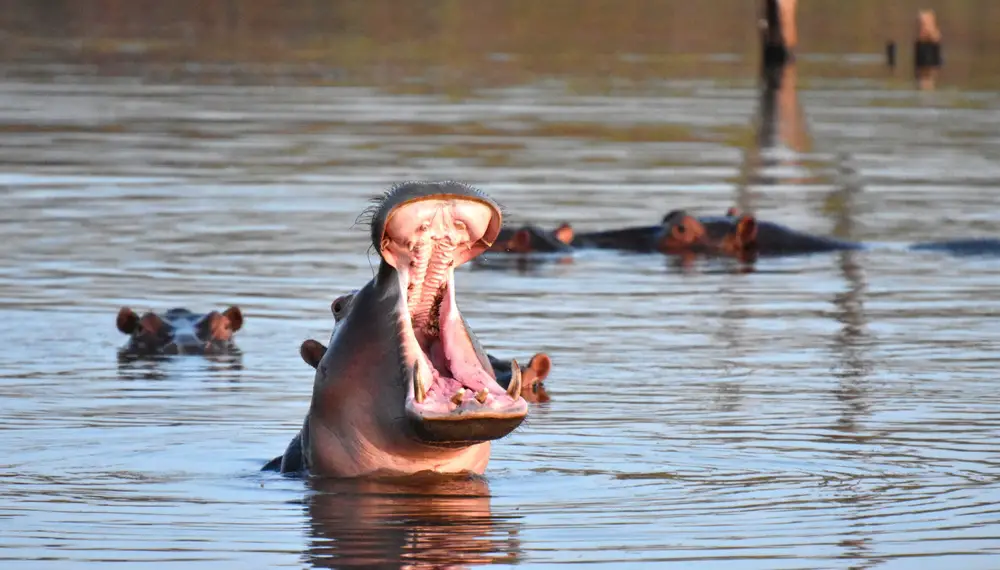
A stunning, winding river that runs through six countries, and is home to one of the most dangerous combinations of wildlife on Earth. Here, crocodiles and hippos share the same waters. And both are known for aggressive, unprovoked attacks on boats and people.
Some say the Zambezi claims more human lives than any other African river. Beautiful, yes. But if you fall in? You probably won’t fall out.
